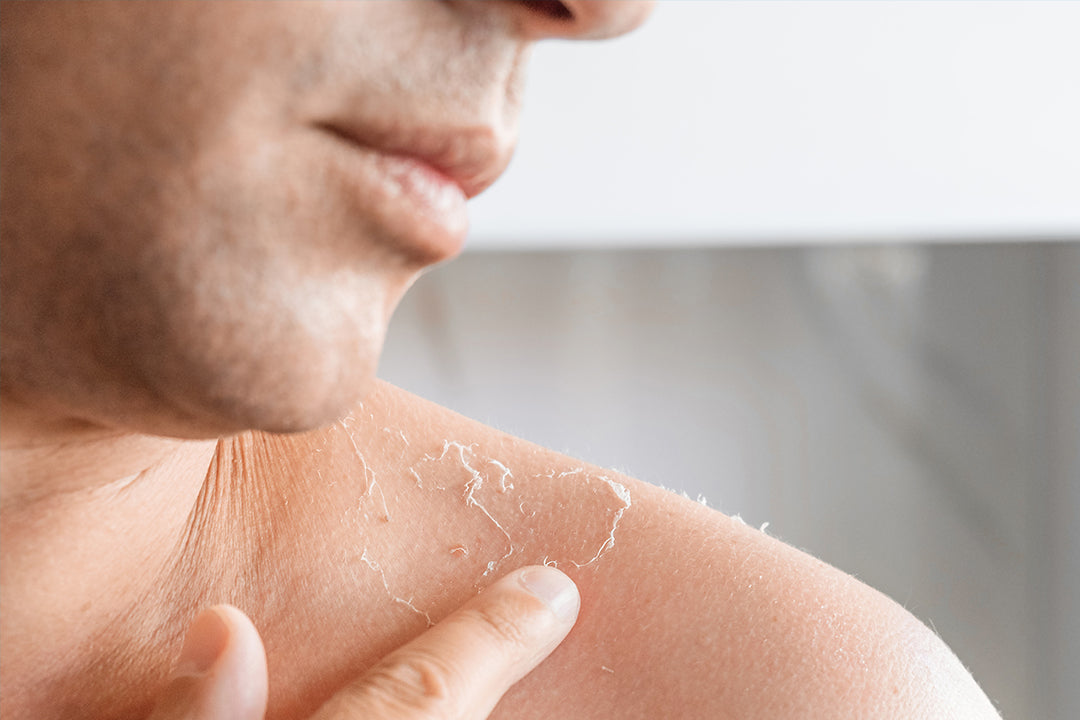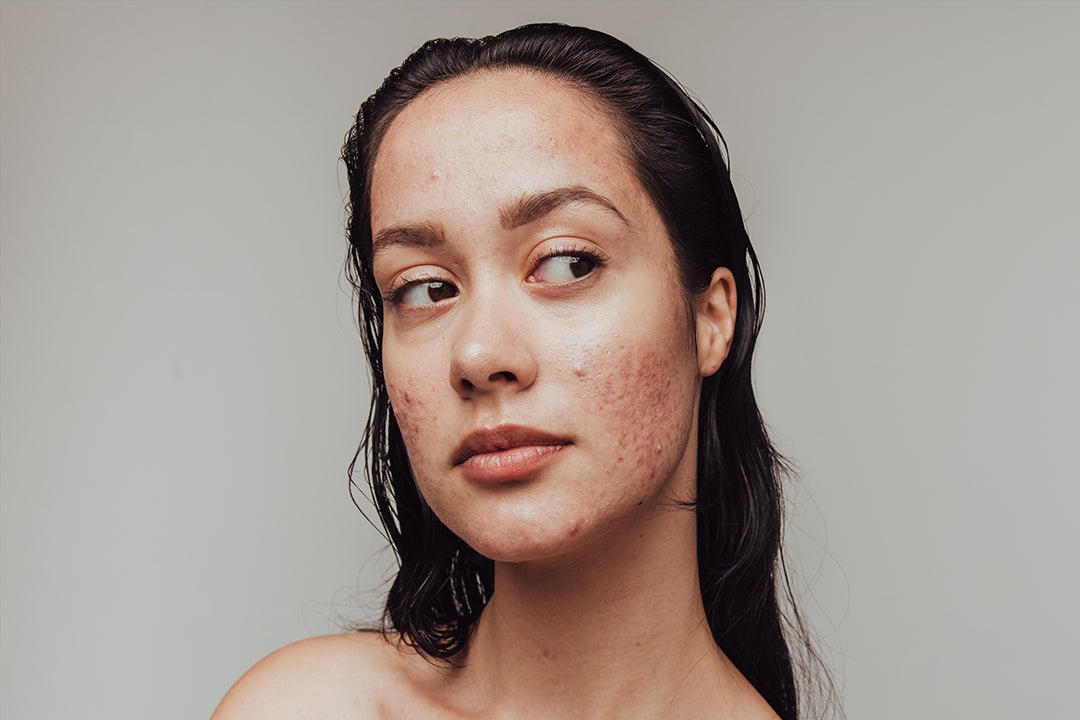Do you ever notice that your face becomes flushed after eating certain foods? If so, you may be experiencing a common skin condition called rosacea. In this guide, we will explore the connection between diet and face flushing, and provide you with valuable information on how to manage this condition.
Understanding Rosacea and Face Flushing
Rosacea is a chronic inflammatory skin condition that primarily affects the face. It is characterized by redness, flushing, and sometimes small bumps or pimples. Face flushing, in particular, is a common symptom of rosacea and can be triggered by various factors, including diet.
The Role of Diet in Face Flushing
Research has shown that certain foods can trigger face flushing in individuals with rosacea. These triggers vary from person to person, but some common culprits include alcohol, spicy foods, and foods high in histamine. On the other hand, there are also foods that may help reduce face flushing and inflammation.
Foods That May Reduce Face Flushing
1. Leafy greens and grains: These foods are rich in antioxidants and can help reduce inflammation in the body, including the skin.
2. Probiotic foods: Foods like yogurt and sauerkraut contain beneficial bacteria that can promote a healthy gut, which may in turn improve skin health.
3. Omega-3 and 6 fatty acids: Found in fatty fish, nuts, and seeds, these healthy fats have anti-inflammatory properties that can help soothe the skin.
Foods That May Trigger Face Flushing
1. Alcohol: Alcohol is a common trigger for face flushing in individuals with rosacea. It is best to limit or avoid alcohol consumption if you experience frequent flushing.
2. Spicy foods: Spices like chili peppers and hot sauces can dilate blood vessels and cause redness and flushing in the face.
3. High-histamine foods: Histamine is a compound that can trigger allergic reactions and inflammation. Foods like aged cheese, fermented products, and processed meats are high in histamine and may worsen face flushing.
Creating Your Rosacea Diet Plan
If you have rosacea and experience frequent face flushing, it may be beneficial to create a personalized diet plan. Here are some tips to help you get started:
1. Keep a food diary: Track your meals and note any instances of face flushing. This can help you identify specific food triggers.
2. Experiment with elimination: Once you have identified potential trigger foods, try eliminating them from your diet for a few weeks to see if your symptoms improve.
3. Focus on a balanced diet: Incorporate plenty of fruits, vegetables, whole grains, and lean proteins into your meals. These foods provide essential nutrients and can support overall skin health.
Final Thoughts
Diet plays a significant role in managing face flushing associated with rosacea. By identifying trigger foods and making dietary adjustments, you can potentially reduce the frequency and severity of your symptoms. Remember to consult with a healthcare professional or dermatologist for personalized advice and guidance.
FAQs
1. Can certain skincare products trigger face flushing?
While diet is a common trigger for face flushing, certain skincare products can also exacerbate symptoms in individuals with rosacea. It is important to choose mild and gentle skincare products that are free of harsh ingredients.
2. Are QRxLabs products suitable for individuals with rosacea?
QRxLabs offers a range of skincare products that are suitable for individuals with rosacea. Their products are formulated with gentle yet effective ingredients to address various skin concerns.
3. How long does it take to see improvements in face flushing with dietary changes?
The timeline for seeing improvements in face flushing can vary from person to person. It may take a few weeks or even months of dietary changes to notice a significant difference. Patience and consistency are key.









